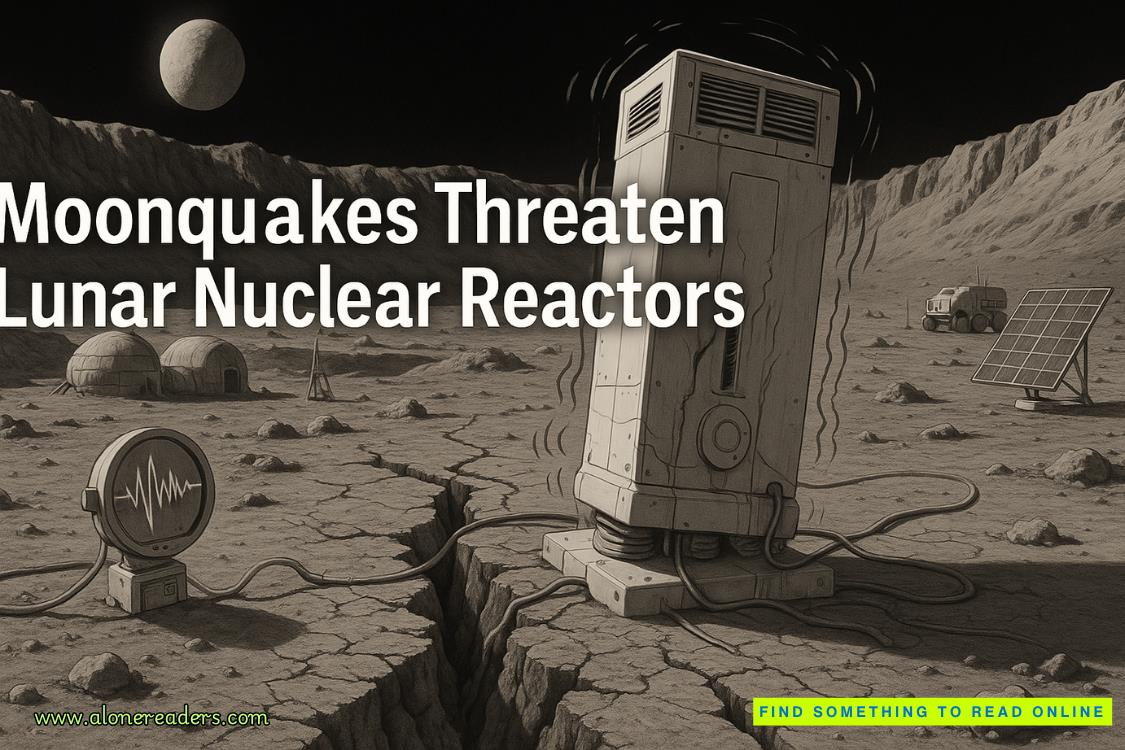A researcher in Paraguay showed that ants will get disoriented when they’re within a few centimeters of Astrophage. Was that useful? Okay, that one probably wasn’t useful. But it was interesting.
Most notably, a group in Perth sacrificed one of their Astrophage and did a detailed analysis on all the organelles inside. They found DNA and mitochondria. In any other situation, this would have been the most important discovery of the century. Alien life—indisputably alien—had DNA and mitochondria!
And…grumble…a bunch of water…
Point is: The inside of an Astrophage wasn’t much different from the inside of any single-celled organism you’d find on Earth. It used ATP, RNA transcription, and a whole host of other extremely familiar things. Some researchers speculated that itoriginatedon Earth. Others postulated this specific set of molecules was the only way for life to occur and Astrophage evolved it independently. And a smaller, vocal faction suggested life might not have evolved on Earth at all, and that Astrophage and terrestrial life have a common ancestor.
“You know,” I told the Astrophage, “if you boys weren’t threatening all life on my planet, you’d be pretty awesome. You have mysteries within mysteries.”
I leaned against a table. “You have mitochondria. Okay, so that means you use ATP as your energy storage, just like we do. But the light you use to move around requires waaaay more energy than your ATP can hold. So you have another energy-storage pathway. One we don’t understand.”
One of the Astrophage on-screen darted slightly to the left. It was pretty common. Once in a while, for no real reason, they’d just wiggle.
“What makes you move? Why move? And how does this random jerky motion get you from the sun to Venus? And why do you go to Venus at all?!”
Lots of people were working on the internals of Astrophage. Trying to figure out what made it tick. Analyzing its DNA. Good for them. I wanted to know the basic life-cycle. That was my goal.
Single-celled organisms don’t just store buttloads of energy and fly through space for no reason. There had to be something Astrophage needed from Venus or it would just stay on the sun. And it needed something from the sun, too, or it would stay on Venus.
The sun part was pretty easy: It was there for the energy. Same reason plants grew leaves. Got to get that sweet, sweet energy if you’re going to be a life-form. Makes perfect sense. So what about Venus?
I picked up a pen and fidgeted with it as I thought.
“According to the Indian Space Research Organization, you guys get going up to 0.92 times the speed of light.” I pointed at them. “Didn’t know we could do that, did ya? Figure out your velocity? They used Doppler-shift analysis of the light you emit to work it out. And because of that, they also know you’re going both directions:toandfromVenus.”
I frowned. “But if you hit an atmosphere at that speed you should die. So why don’t you?”
I rapped my forehead with a knuckle. “Because you can handle any amount of heat. Right. So you blast into the atmosphere, but you don’t get any hotter. Okay, but you’d have to at least slow down. So you’d just be in the upper atmosphere of Venus. Then you…what? Turn around and go back to the sun? Why?”
I stared at the screen for a solid ten minutes, lost in thought.
“All right, enough of this. I want to know how you find Venus.”
I went to the local hardware store and bought a bunch of two-by-fours, three-quarter-inch plywood, power tools, and other stuff I’d need. Steve the army guy helped me carry a lot of it in. Jerk army guy did nothing.
Over the next six hours, I built a lightproof closet with a shelf in it. It was just big enough for me to get in and out. I set the microscope on the shelf. The “door” was a plywood panel that I could remove with screws.
I ran power and video lines into the closet through a little hole that I plugged up with putty to make sure no light could get in through there either. I set my IR camera up on the microscope and sealed up the closet.
Out in the lab, the monitor showed the infrared light the camera saw. It was basically a frequency shift. Very low bands of IR would show up as red. Higher-energy bands would be orange, yellow, and so on up the rainbow. I could see the Astrophage cells as little red blobs, which was expected. At their constant temperature of 96.415 degrees Celsius they would naturally emit an IR wavelength of 7.8 microns or so—the low end of what I’d set the camera to look for. It was good confirmation that the setup was working.
But I didn’t care about that dark-red color. I wanted to see a bright-yellow flash. That would be the Petrova frequency that Astrophage spit out to move around. If any of my Astrophages moved even the tiniest amount, I’d see a very obvious yellow flash.
But it never came. Nothing happened. Nothing at all. Usually, I’d see a jerky motion from at least one of them every few seconds. But now there was nothing.
“So,” I said. “You little brats have settled down, eh?”
Light. Whatever their navigation system was, it was based on light. I suspected that would be the case. What else could you use in space? There’s no sound. No smell. It would have to be light, gravity, or electromagnetism. And light’s the easiest of those three to detect. At least, as far as evolution is concerned.
For my next experiment, I taped a little white LED and a watch battery together. Of course, I wired it backward at first and the LED didn’t light up. That’s pretty much a rule in electronics: You never get diodes right on the first try. Anyway, I rewired it correctly and the LED lit up. I taped the whole contraption to the inside wall of the closet. I made sure to position it so the Astrophage on the sample slide would have a direct line of sight on it. Then I sealed everything up again.
Now, from the Astrophage’s point of view, there was a lot of black nothingness and one shining spot of white. That’s kind of what Venus might look like if you were out in space and looking directly away from the sun.
They didn’t budge. No hint of motion at all.
“Hmph,” I said.
To be fair, it wasn’t likely to work. If you were at the sun, looking away from it for the brightest splotch of light you could see, you’d probably zero in on Mercury, not Venus. Mercury is smaller than Venus, but it’s a lot closer so you’d see more light.















